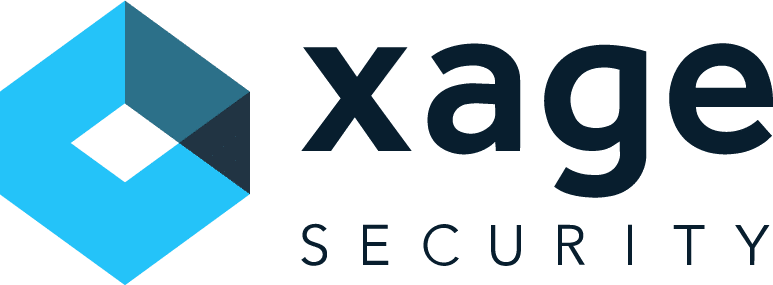The Department of Homeland Security’s Transportation Security Administration (TSA) has announced a new cybersecurity directive to improve cybersecurity at designated passenger and freight railroad carriers. The new directive, announced in October, 2022, builds upon the TSA’s previous work to secure railroads, other transportation industries, and critical infrastructure industries such as oil and gas.
The TSA’s renewed focus on railroads is driven by increased concern that railroads represent an appealing target for cyberattackers. While the TSA directives only apply to U.S. based carriers, the risk of cyberattack against railroads is a growing global concern. In 2022 alone, cyberattacks have caused operational disruption for railways in Italy, Belarus, Denmark, Israel, and other countries. The rapid adoption of Industrial IoT and network-connected industrial control systems and operational technology (OT) in railroads are introducing increased levels of risk to these critical organizations.






